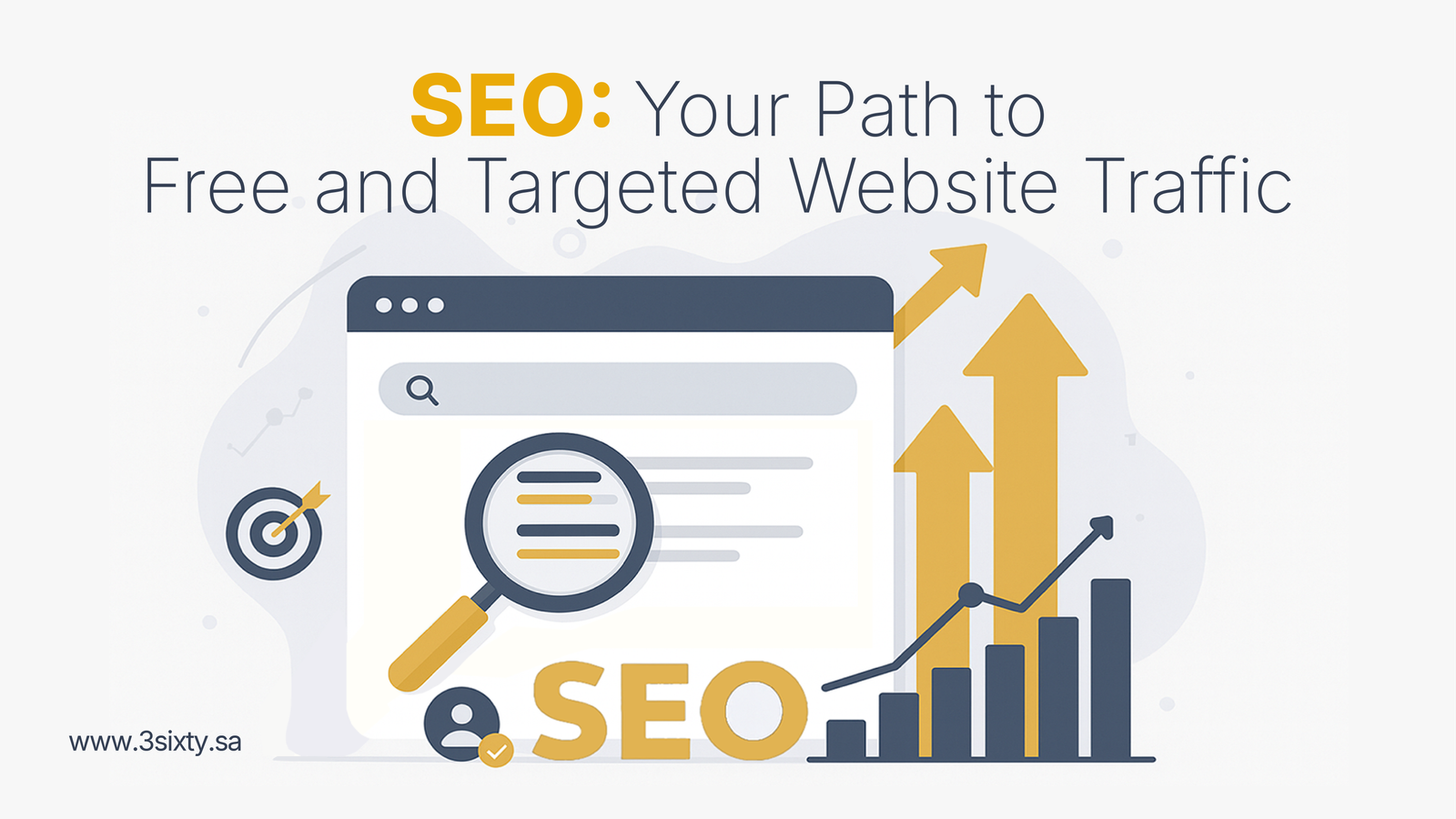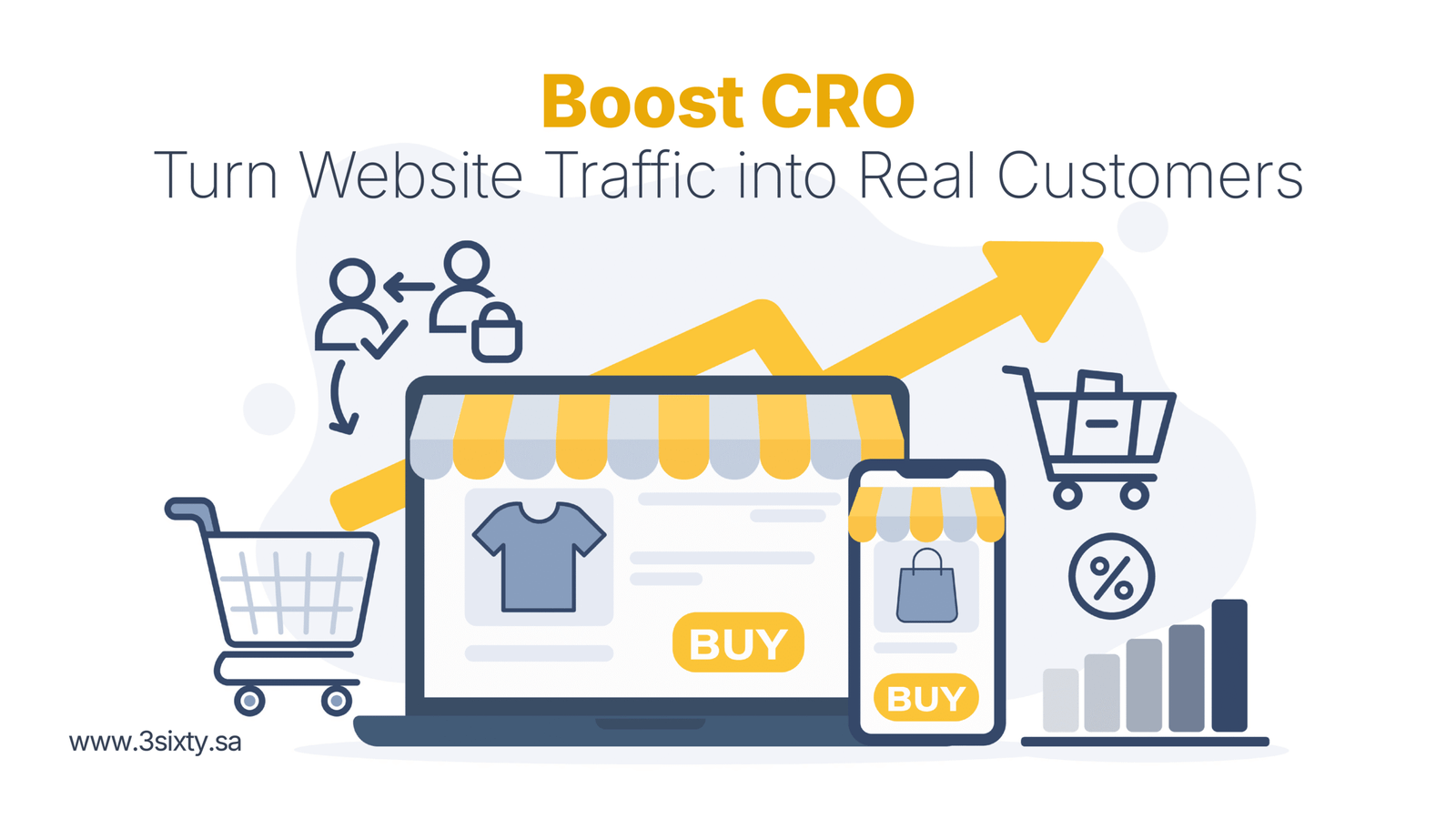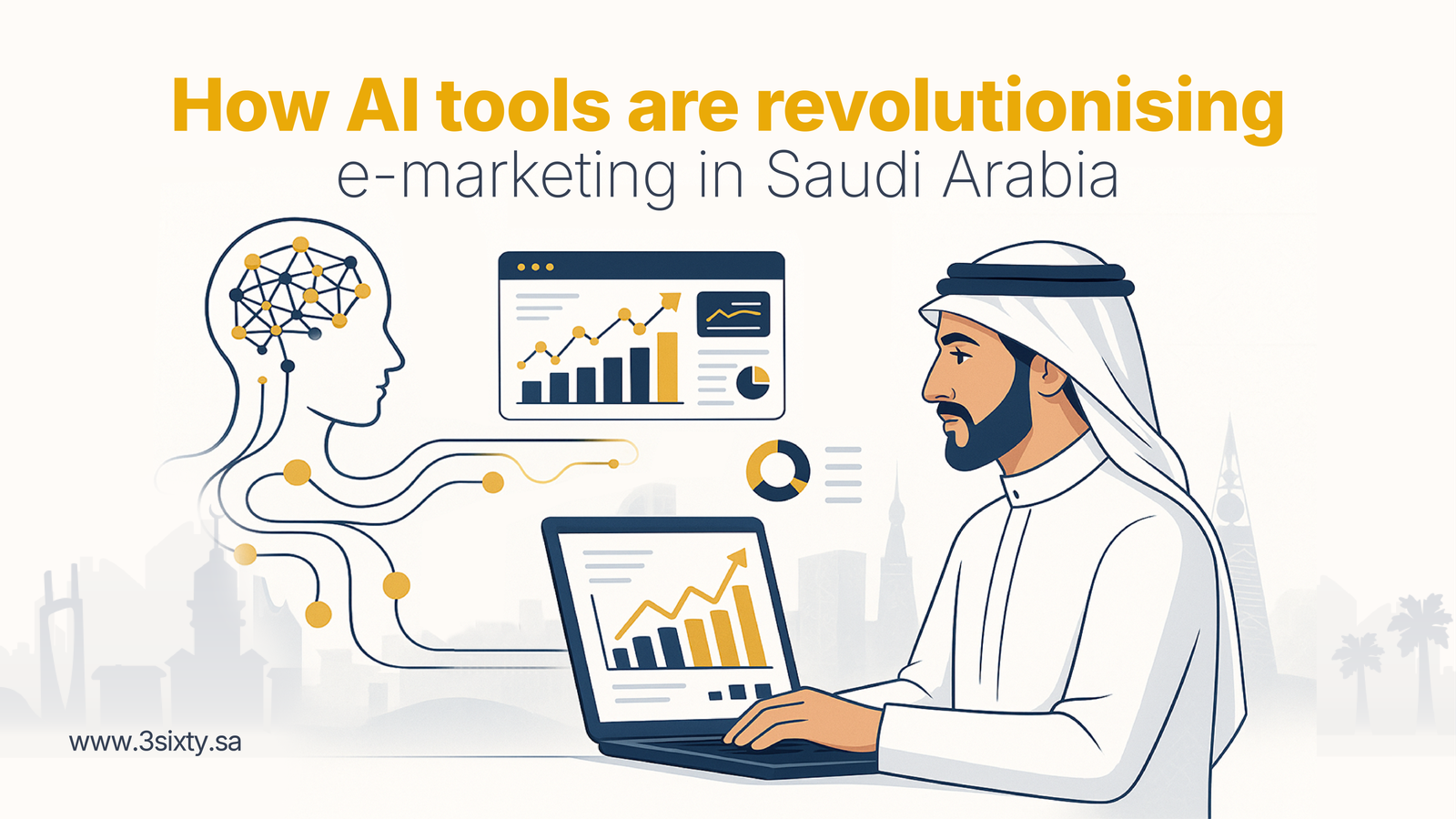SEO: Your Path to Free and Targeted Website Traffic

Do you want to boost your business without increasing your advertising budget? With the increasing importance of search engines recently, it has become a common question how to improve the visibility of our sites with SEO search engine optimization.
which play a vital role in increasing traffic to sites, as the first page in Google search results receives 71% of clicks, which confirms the importance of being in the first ranks.
By improving the ranking of website results, gaining the trust of more customers, contributing to website growth, and other benefits.
So, discover the secret steps that put your site at the top of Google search results?
Table of Contents
- What is SEO?
- What is the importance of search engine optimisation in increasing website traffic?
- How does SEO SEO work?
- Types of Search Engine Optimisation (SEO)
- What are search engines and how do they work?
- What are SEO services?
- When do SEO results start appearing?
- 7 effective strategies to raise your site’s ranking in search engines
- Frequently Asked Questions (FAQ)
What is SEO?
Search engine optimisation, also known as SEO, is an abbreviation for Search Engine Optimisation. It is a branch of e-marketing and one of the most powerful free tools in e-marketing. It expresses practices that aim to increase and raise the quality of web traffic (the number of visits to a specific website), through unpaid search results on search engines, known as “organic search results.” That is, regular, unpaid research.
What is the importance of search engine optimisation in increasing website traffic?
SEO is a process that aims to raise the ranking of your website pages in search results to increase the number of visitors. Here are the most essential points that talk about the importance of search engine optimisation:
- Improve user experience
By understanding users’ behaviour and providing for their needs, we help build trust with them.
- Improve site visibility
The higher your site ranks in search results, the more organic traffic the site gets.
- Get original traffic
Increase the number of visitors organically without having to pay for paid advertising campaigns, compared to other electronic marketing methods.
- Promote brand awareness
By constantly appearing in front of your target customers, you help promote your activity around the clock.
- Overcome competitors
Through SEO strategies that enable you to analyse competitors’ performance and outperform them in search results.
- Gain customer trust
It helps retain existing customers and attract new ones, which leads to expanding the customer base.
Search engine optimisation is a pivotal element in digital marketing strategies, and its growth depends on implementing the best mechanisms to meet search engine optimisation requirements and achieve page ranking on Google search engines.
How does SEO SEO work?
SEO SEO consists of a set of strategies and techniques aimed at making your site attractive to Google search engines. Here are some basics you should focus on:
- Improve titles and page elements
It is essential to optimise headlines (H1), subheadings (H2), meta descriptions (Meta Descriptions), as well as alternative tags (Alt Tags) for images, as these elements make it clear to search engines the nature of the content and how relevant it is to the search.
- Internal and external links
Search engine optimisation involves building internal links between site pages to enhance organisational structure, and external links (Backlinks) to trusted sites to increase the site’s credibility with Google. - Improve site speed and mobile compatibility
Page loading speed and site compatibility with mobile devices are essential factors that affect the site’s ranking in search engine results. Responsive sites provide a better user experience and increase the likelihood of how long they will stay on the site.
Search engines prefer websites with a simple, organised design and easy navigation between pages, which contributes to improving the user experience and helps raise the site’s ranking in search engine results.
Types of Search Engine Optimisation (SEO)
SEO is divided into several types, and each type plays a vital role in improving the site in search engines:
1. Internal SEO (On-Page SEO):
It includes improving the internal content of the site, such as enhancing titles, articles, and internal links between pages. This type helps improve the user experience and contributes to improving the site’s ranking in Google search engines.
2. External SEO (Off-Page SEO):
It involves building backlinks (Backlinks) from highly credible sites, and these backlinks are an essential indicator of Google’s confidence in your site, which enhances its chances of appearing in the first search results.
3. Technical SEO (technical SEO):
This type is concerned with enhancing the technical structure of the site to make it more efficient and easy to index by search engines, as this includes creating a site map (XML Sitemap) to direct spiders to essential pages, improving the site’s loading speed to achieve a better user experience and ensuring the site’s compatibility with mobile devices. In addition, technical SEO involves adjusting the bot file (Robots.txt) to ensure that search engines track the necessary pages effectively.
4. Local SEO (Local SEO):
Improving a site’s visibility in local search results, such as searching for services near the user, includes improving local site information, such as address and phone number, on the Google My Business platform.
What are search engines and how do they work?
Search engines are software tools that help Internet users find the required information by entering keywords or phrases. When searching, the engine displays a list of sites containing those words on what is known as the search engine results page.
Search engines index millions of web pages available on the Internet. When keywords are entered to search for a specific topic, search engines use advanced algorithms to evaluate pages and rank them according to their importance and relevance to those words. Sites that provide the most search-compatible content are displayed in the top ranks.
Although most of us rely on popular search engines like Google and YouTube, many other advanced search engines offer strong performance and meet the needs of different stores and websites, which can be important for diversifying search sources and improving performance.
What are SEO services?
SEO services include a set of measures aimed at improving your site’s visibility in Google search engines, including:
First, keyword analysis (Keyword Research): This involves choosing the keywords that are most relevant to your business and that users search for in search engines. This analysis is the cornerstone of any SEO strategy, because it directs content and identifies the words that have the highest chances of exposure and visits to the site.
Second, content optimisation (Content Optimisation): This requires optimising and continuously updating texts within the site to meet search engine requirements and provide a helpful user experience. This includes improving titles, meta descriptions, keyword distribution, internal linking, and the quality of information displayed, in line with the researcher’s intention.
Third, link building (Link Building): It includes creating backlinks from reliable sites that help improve your site’s credibility with search engines, as the more links are from reliable and high-quality sources, the greater the chances of your site ranking in search results.
Fourth, improving technical SEO (Technical SEO): This includes improving the site infrastructure to ensure the best user experience, page loading speed, site security verification (HTTPS), link structuring (URLs), and sitemap files (XML Sitemap).
Fifth, analysis and follow-up (Analytics and Reporting): This includes periodically monitoring site performance, analysing data, identifying the most effective pages, and discovering weaknesses, allowing for strategy adjustments and performance improvements over time.
When do SEO results start appearing?
SEO results appear gradually, and the time required to see tangible results usually ranges between 3 and 6 months, as this time depends on several factors, such as:
- Intensity of competition: In highly competitive fields, it may take longer to reach the first page.
- Site Strength: New sites may take longer to achieve strong results because sites with fresh content, a reliable history, and a good user experience often achieve faster ranking results.
- Keyword count. So if you are targeting a large number of keywords, it may take longer to boost their ranking.
7 effective strategies to raise your site’s ranking in search engines
Websites have become an effective means of promoting various products and services locally and globally. These are several powerful strategies for your website to rank high in search engines:
- Use keywords in the correct places on the site, as well as the number of times these words are used in the content, provided that they are placed in the URL and the side headings.
- Make sure that the user stays on your site for as long as possible by providing attractive and distinctive content for all visitors.
- Delete pages that do not bring visitors to your site so as not to affect it negatively.
- Make sure to provide high-quality videos and photos, as well as podcasts, as they are one of the ways that contribute to increasing traffic to your site.
- Renewing old pages does not stop at simply publishing new articles, but updates the site to keep pace with the modern era.
- Improve Site Speed and User Experience (UX). The faster your site browses, the greater its chances of topping search results, as page loading speed directly affects the rate at which visitors stay within the site.
- Building quality backlinks (Backlinks). Having your site obtain links from reliable sites related to your activity strengthens its credibility before Google and is considered one of the most critical factors in raising the ranking.
With digital transformations and accelerating competition, search engine optimisation is no longer a secondary option but rather a pillar and primary goal for the growth of any online business.
By applying SEO strategies intelligently, you can attract your target audience, increase free traffic, and enhance your digital presence in the long term.
Frequently Asked Questions (FAQ)
1. What is SEO, and why is it important?
Search engine optimisation is a set of strategies that help boost your site’s search results, increasing the number of visitors and potential customers without the need to use paid advertising.
2. How long does it take for SEO results to appear?
Results usually start to appear within 3 to 6 months and depend on factors such as the intensity of competition, the strength of the site, and the number of target words.
3. What is the difference between internal and external SEO?
Internal SEO is improving content within the site, such as titles and links, while external SEO focuses on building backlinks from external sites that enhance your credibility.
4. Can I apply SEO myself, or do I need a specialist?
You can start with some of the basics yourself. Still, to achieve firm and lasting results, it is preferable to seek the help of a professional specialist or team to ensure that the strategy is implemented correctly.
5. Does SEO stop after a while?
No, SEO is an ongoing process that needs constant improvements to keep up with changes in search engine algorithms and increasing competition.









